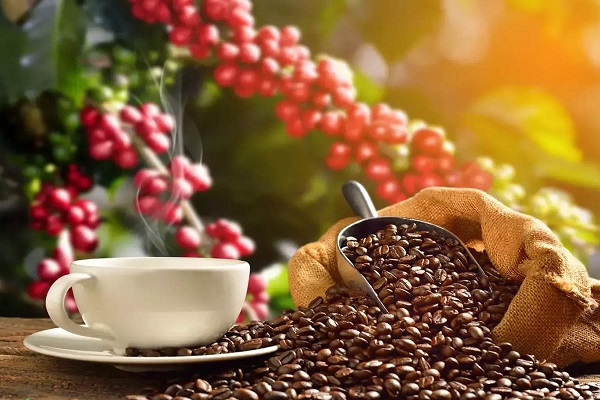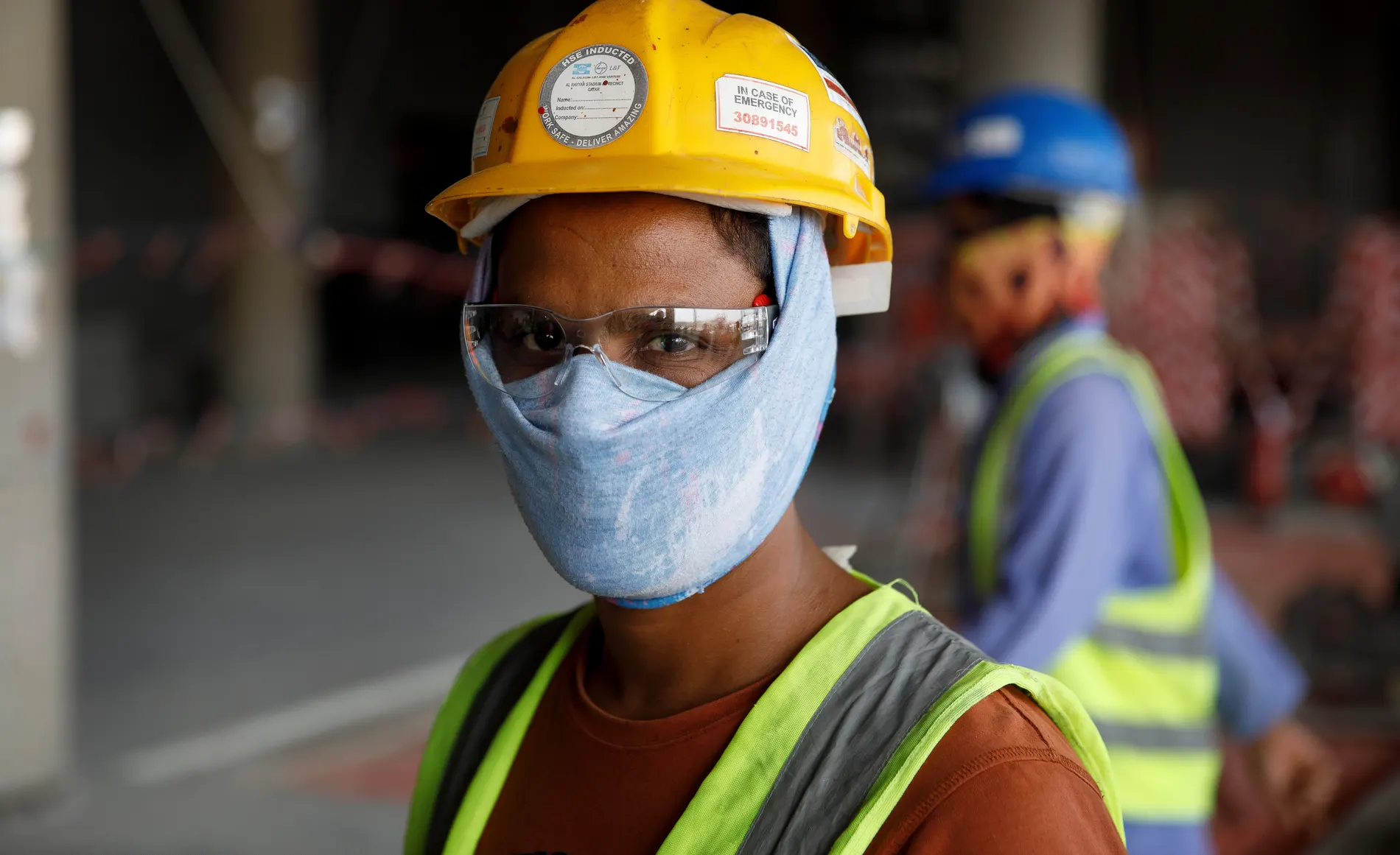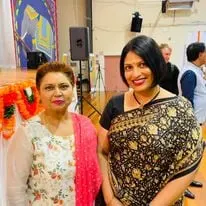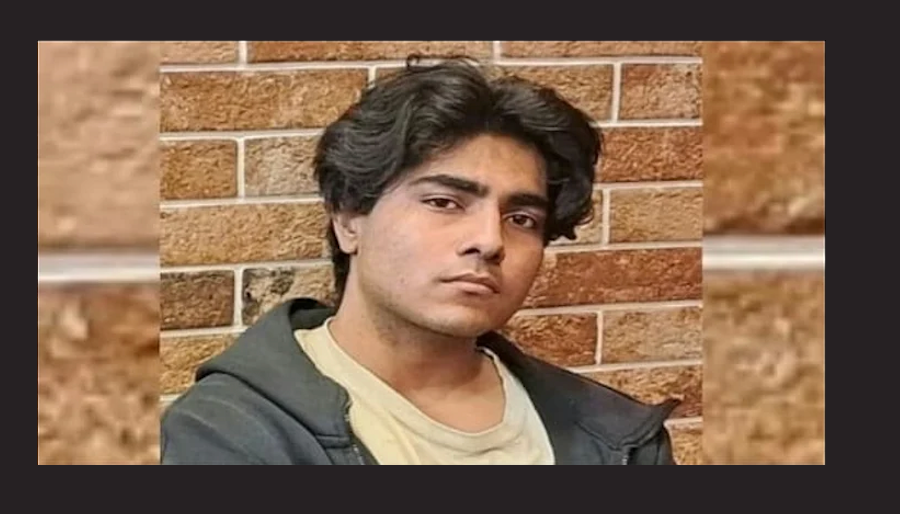Her works have a modest goal, to raise awareness about being more eco-friendly. “The environment is affected by our bad habits. We can improve our surroundings by changing a few of them.”
Uncanny, bold, and inspiring, the striking artwork of contemporary Qatari artist Fatima Mohammed is a battle cry for action to end plastic usage, a report in The Peninsula says.
Her works have a modest goal, to raise awareness about being more eco-friendly. “The environment is affected by our bad habits. We can improve our surroundings by changing a few of them.”
Her exhibit which was displayed in Katara last year is a closer and deeper look into the plastic pollution and consumption the country is going through. It was entitled “Plastic Seas: Eco-fables on show” together with Italian artist Elisabetta Farina.
“I wanted to show how many water bottles one person consumes in two months and how the effect of the amount of plastic waste we use in the country… The abaya is covered in plastic feathers created from water bottles that I drank over a two-month period,” she explained.
Fatima turned the black abaya into a display of plastic bottles whilst being her fictional character 3naj (Anaj).
The character ‘3naj’ is part Arab and part American bald eagle. It symbolises a strong independent female character who displays her heritage proudly by wearing the batoola (face cover) as a protective golden beak. She calls her character “fun”, just like her artworks. “My art reflects the view off my character 3naj (Anaj) in a fun and playful way.”
According to a sustainability advocate in the region, EcoMena, Qatar produces over 2.5 million tonnes of municipal solid waste each year.
“For me art is universal, it can spread the word faster and for all ages,” she said. Bright, colourful, unconventional, and vulnerable, her artwork is a bridge to her world.
“I wanted to show how many water bottles one person consumes in two months and how the effect of the amount of plastic waste we use in the country… The abaya is covered in plastic feathers created from water bottles that I drank over a two-month period,” she explained.
She explained that initially her artwork’s theme is on her medical condition — scoliosis, which can be seen mostly in her sculptures. Among these are “Unscrewed” which depicts the sideways curvature of the spine and “3naj” which is a representation of a human form in the liking of a chair.
“My work focuses on the social anatomy of the Arabian Gulf and how it is changing over time from the perspective of my fictional world of 3naj (Anaj),” the young artist explained.
The pandemic also led her to express herself more: “For me art was a perfect way for people to express their feelings in these hard times. It is also a great documentation of these two years,” she said.
Working in mixed media, printmaking and installation art, Fatima graduated from Virginia Commonwealth University School of the Arts in Qatar with a Bachelor’s degree in Painting and Printmaking and a minor in Art History.
She took part in two artist residencies in 2017, at Fire Station in Doha, and International Studio & Curatorial Program New York, USA.
Currently, she has a show in the US: “Yes, I am currently having a show Rawad for Qatar America in partnership with Markhiya Gallery in Washington, DC. The show is highlighting young Qatari artists to the people in the US.”
The said show is under the Qatar America Institute for Culture which is located at DC. It was founded in 2017 and is an independent non-profit organisation that creates, curates, and executes programmes and research that amplify the prominence of all forms of art and culture in society
Asked when and who prompted her to be an artist, she said: “My grandmother. She was an art teacher here in Qatar during the mid 1950s. When I was young, she would give me a drawing book whenever I came over and she let us draw and encouraged me all the time.
“She made me love art subjects and inspired me to continue in that direction. What made me pursue the arts is that I can express how I am feeling using shapes, lines and colour and not words.”
************************************************************************
Readers











